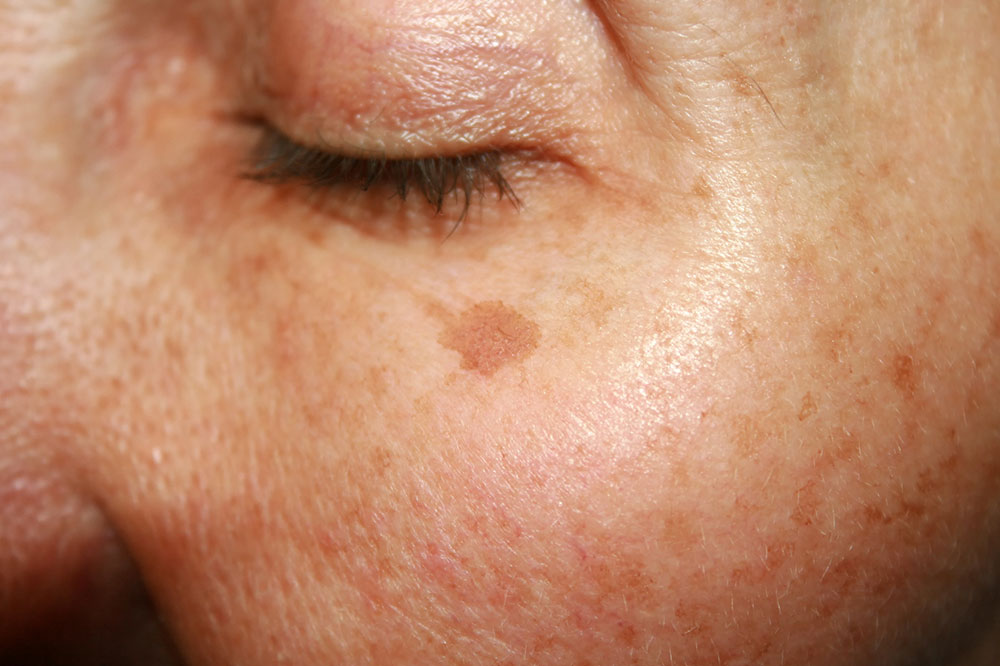
Signs of Melanoma and Treatment Options
Melanoma is a type of skin cancer, making it slightly easier to detect than other types of the condition. The initial sign of the disease is a new spot on the skin, which can change its shape, size, or color with time. It is the most serious type of skin cancer and needs to be detected at the earliest for the best chances of survival. The prevention, symptoms, and methods of treatment of melanoma should be studied thoroughly if one believes they may have this condition. Individuals must consult medical professionals instead of attempting to self-diagnose.
Melanoma can develop anywhere on the body. The areas of the body that are more commonly exposed to the sun like arms, face, or back are more likely to be affected by this disease. Some of the signs of melanoma and places where it can develop are as follows:
- Unusual moles
The moles with irregular shapes, borders, and colors can be a sign of this cancer. If the mole is changing over time or has increased in diameter then one should consult some doctor. New, unusual moles on the body must also be taken note of. - Spots under the nail
When asking about the symptoms of melanoma, the doctor will let individuals know what to look for. Acral-lentiginous melanoma is a rare type of the disease that develops under the nail, on the palms of the hand, and on the soles of the feet. - Melanoma in the urinary tract, vagina, digestive tract, and mouth
Mucosal melanoma develops in the lines of the nose, vagina, urinary tract, and mouth. This one is slightly difficult to detect as its symptoms are often mistaken for those of another condition. - Melanoma in the eye
This disease occurs in the uvea and is known as ocular melanoma. It causes vision changes and occurs in the layer beneath the white of the eye.
Other signs include sores that don’t heal, itchiness, pigment, changes in texture, and blurry vision. It is essential to know of the symptoms, methods of treatment, and possible steps for the prevention of melanoma to reduce the chances of developing this disease.
Various treatment procedures for melanoma include the following.
- Surgery
At the early stages, this disease can be cured with the help of surgery and a biopsy can be performed to remove very thin melanoma. - Chemotherapy
With the help of chemotherapy drugs, the cancer cells are destroyed so that they don’t multiply or reproduce. - Surgery to remove lymph nodes
If the disease has affected lymph nodes, then one has to undergo the surgery to remove them. There is a possibility of additional treatments being required before or after surgery. - Radiation therapy
This uses high-powered energy beams that can kill cancer cells. The therapy is also used to relieve symptoms of melanoma that have spread to other parts of the body. - Targeted therapy
If cancer cells have specific vulnerabilities, then targeted therapy is used to destroy them. The side effects of this therapy include dehydration, fever, and skin problems. - Biological therapy
This therapy helps to boost the immune system to prepare the body to fight cancer.
To increase the chances of not developing this disease, one should avoid going out in the sun, wear sunscreen throughout the year, wear protective clothing, and avoid tanning lamps or beds. Also, individuals must be observant of unusual moles or marks.


